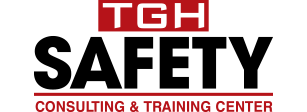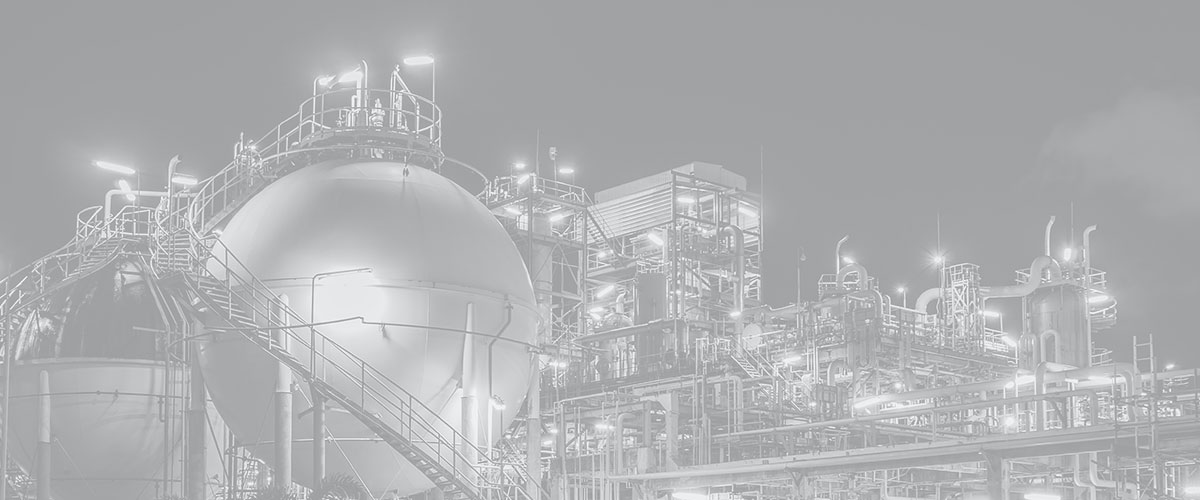Construction Safety Management
Stage 1
Safety, Health and Environmental Management Plan
The formulation of a plan, specific to the project and/or site would:
Review and summarize legislative requirements i.e. Health and Safety Act & Regulations, Resource Management Regulations, Environmental Regulations, Transportation of Dangerous Goods.
Itemize overall construction project safety activities and procedures including:
- Project Safety Policy – a review of the client’s existing policy would be done with particular focus on items considered mandatory for work in the specific area. If no policy exists we can draft a policy with client input.
- Hazard Identification – as per the work scope, including the identification of areas of live plant in conflict with project work through field audits. This foresight can save downtime or shutdown of key processes costing thousands of dollars.
- Identification of Critical Tasks – these are the tasks identified in an audit as those most likely to cause safety related issues. There should be written procedures for these critical tasks and our staff would continue to focus of the results of our observation programmes.
- Emergency Response – the development of an Emergency Response Plan for the contract activities i.e. First Aid response, evacuation and head counts.
- Fire Safety Planning – the assessment and development of a Fire Safety Plan is required by Ontario or other provincial bodies for all commercial buildings. Do you have one?
- Dangerous Goods – inventory, storage, communication and industrial hygiene concerns.
- Environmental Protection – pollution & spill prevention, awareness and response planning.
- We can assist in any governmental body on-site visit.
- Authority to Stop Work – procedures developed to identify who has authority to ensure smooth response in pressure situations.
- Drug & Alcohol Policy development and testing – we have links to testing facilities and can develop your site D&A policy to conform to government regulations and common sense.
- Work Practices Auditing – develop effective communication among parties to quickly identify problems and recognise safe work practices.
- Statistics – collection and analysis of defined statistics and promotion of positive trends.
- Safety Coverage – assess overall structure and organization of health, safety and environmental activities. Develop a staff training plan as required including safety observers, safety watch duties, nursing services, testing services, equipment rental, rescue services, gas testers, permit issuers, vacation coverage.
Stage 2
Experience has shown that Contractors and Managers who excel in Safety Performance on the job have a competitive advantage in other business aspects as well.
TGH Safety Consulting & Training Center can provide clients with information for consideration PRIOR to the awarding of any contract:
- Background information on each contractor’s Safety Performance
- Information regarding the contractor’s ability to meet or exceed the minimum requirements as set out in the tender document
- Contractors Hazard Identification management program, Emergency procedures
- Details of qualifications, certifications and training details of contractor employee
- Details regarding health and safety training
- Statistics on accident reporting
- Employee Orientations/ Induction
TGH Safety Consulting Inc strongly supports the view that safety awareness and hazard communication training should be conducted before an employee is permitted on the construction site.
Specific topics covered during an orientation can include:


